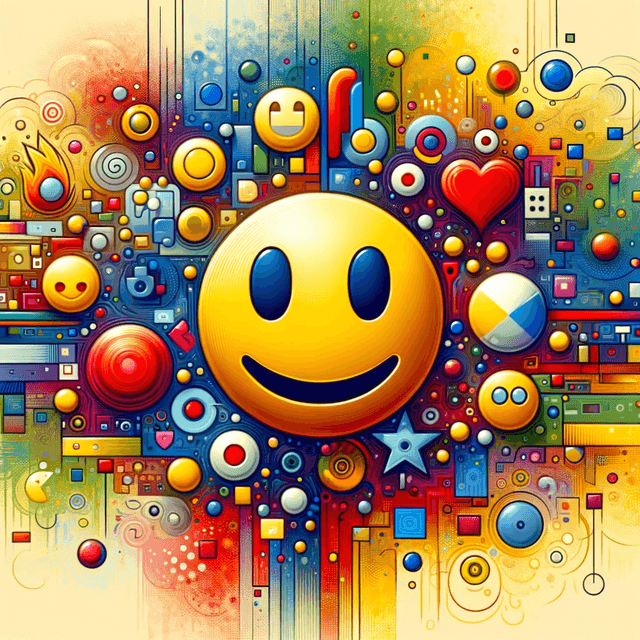
Emoji Inserter
Add 🎉 personality to your messages with the Emoji Inserter. Find the perfect 💬 emoji to express your 😊 emotions and enhance your 📲 communication.
Instructions
- Type in the emotion or theme you want to convey.
- Press Insert Emoji and Typli will suggest relevant emojis to add to your text.
Try more AI writing tools
There's 113 to choose from.

Ship Name Generator
Create the perfect ship name for your favorite couples or characters. Get creative and unique name ideas instantly.

Emoji Inserter
Add 🎉 personality to your messages with the Emoji Inserter. Find the perfect 💬 emoji to express your 😊 emotions and enhance your 📲 communication.
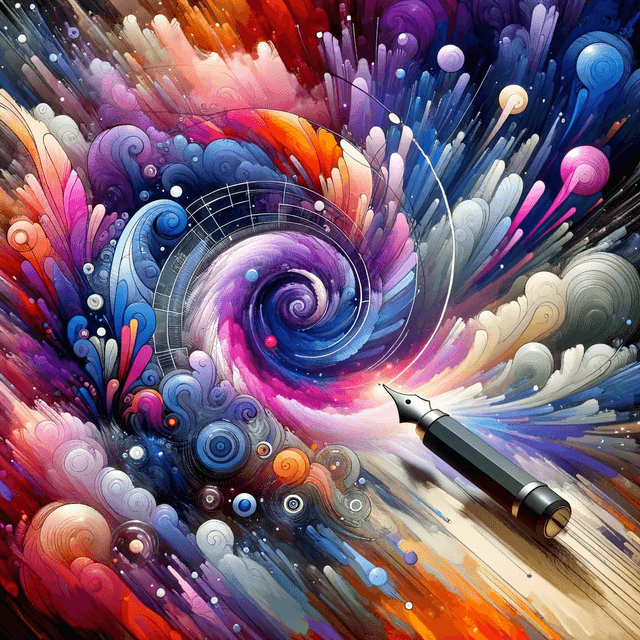
Metaphor Maker
Transform your ideas into vivid metaphors that captivate your audience and enhance your writing.

AI Love Letter Generator
Express your deepest emotions with the help of our AI love letter generator.
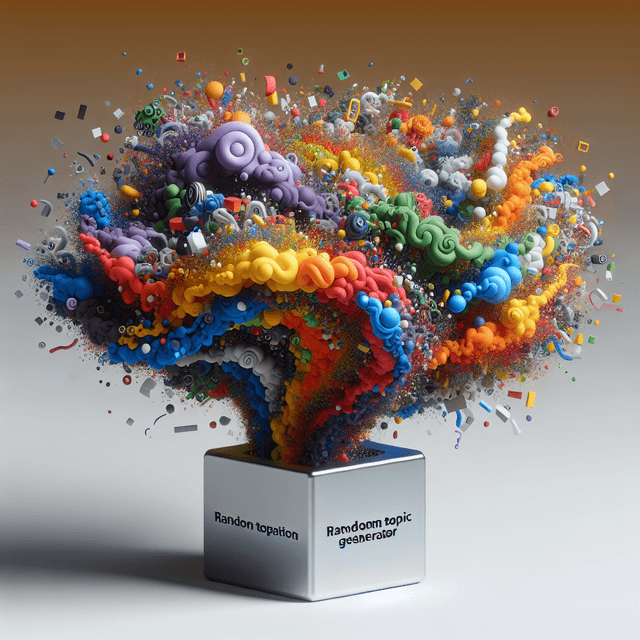
Random Topic Generator
Generate endless inspiration with a random topic generator for all your creative projects.

Roast Comeback Generator
Unleash your inner comedian with tips on formulating the perfect roasts and comebacks. From timing to tone, master the art of quick wit effortlessly!

Poem Generator
Transform your words into powerful poetry with our AI poem generator. Express yourself in new and creative ways.
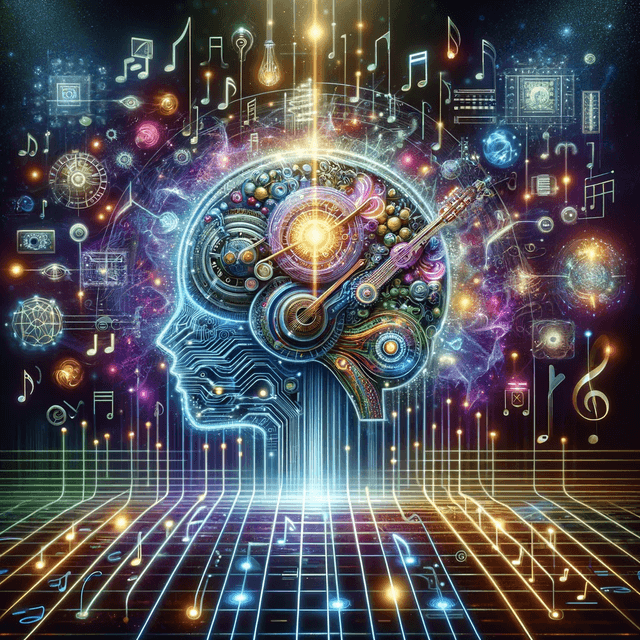
Song Lyric Generator
Embrace the future of music creation with our AI Song Lyric Generator, blurring the lines between human and machine creativity.

Rap Generator
Discover how AI-generated lyrics can enhance your songs and inspire new creative directions for your music.

Birthday Wish Generator
Inspire and uplift with age-appropriate birthday messages - Make your wishes impactful and heartfelt
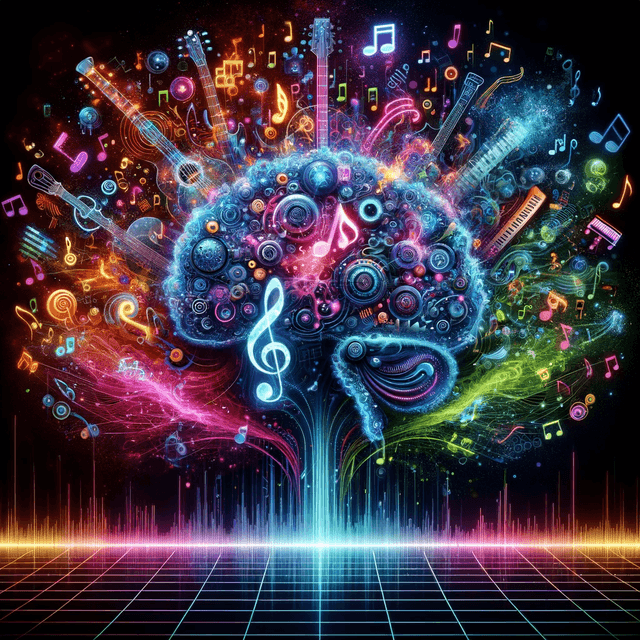
Band Name Generator
Unleash your inner rockstar with our band name generator and find the perfect name for your band.
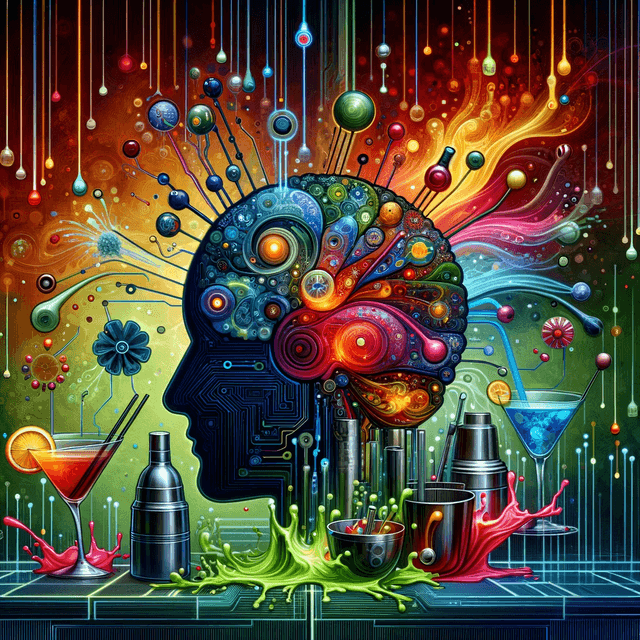
Drink Name Generator
Create catchy and exciting drink names with our AI-powered drink name generator.
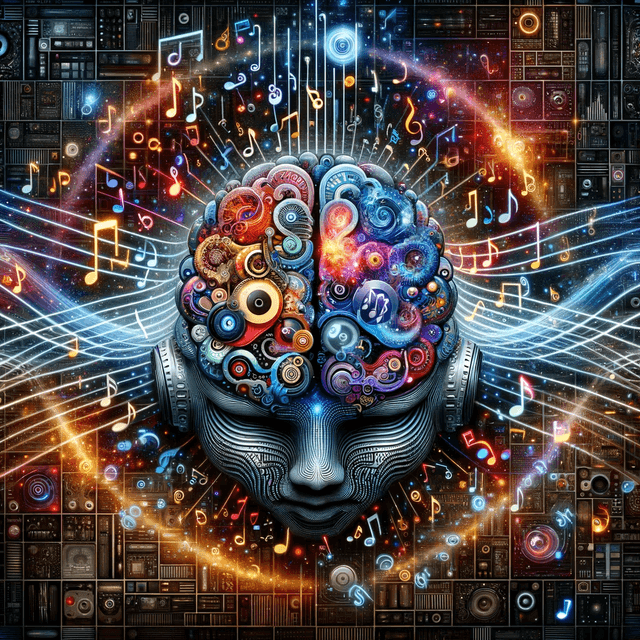
Song Name Generator
Make your music stand out with a one-of-a-kind title generated by our AI song name generator.

Team Name Generator
Find the best team name for your sports team, club, or organization with our team name generator.

Baby Name Generator
Discover the perfect AI-generated baby name with our innovative AI baby name generator.
The Ultimate Guide to Embracing Emojis in Various Texts: A Deep Dive into Digital Expressions
Key Takeaways
-
Emojis originated in Japan in the late 1990s and have evolved into a universal language used in digital communication.
-
Understanding the meanings behind emojis is essential, as their interpretation can vary across different cultures and contexts.
-
In casual communication, emojis add personality and emotional depth, making messages more relatable and engaging.
-
Studies have shown that social media posts and tweets with emojis receive more interaction compared to those without.
-
The use of emojis in professional settings requires careful consideration of company culture and the context of the communication.
-
Emojis can foster a friendly atmosphere and strengthen team cohesion in less formal industries but may be inappropriate in traditional or formal sectors.
-
Simple emojis like the smiley face or thumbs-up are generally safe and can convey positive sentiments without being overly casual.
-
The effective use of emojis in digital communication enhances comprehension, fosters emotional connections, and makes messages more impactful.
Introduction
In today's fast-paced digital world, communication extends beyond the mere use of words. Emojis, those colorful and expressive icons, have revolutionized the way we convey messages, emotions, and ideas in texts. Originating in Japan in the late 1990s, emojis have swiftly become a universal language, breaking down barriers in digital communication across the globe. This article delves into the multifaceted uses of emojis in different types of text, ranging from casual chats to professional emails, marketing content, educational materials, and beyond. By exploring various examples, we aim to highlight the importance of emojis in enriching interactions, fostering emotional connections, and even breaking down complex ideas into understandable snippets.
In dissecting the role of emojis in diverse communication forms, our goal is not only to explore their functional benefits but also to guide you on how to use them effectively to enhance your digital conversations. Whether you're a digital communication novice or seeking to refine your emoji usage, this guide will provide valuable insights into making your messages more engaging, relatable, and impactful.
Let’s embark on this colorful journey through the world of emojis, understanding their significance and learning how to leverage them across different textual landscapes.
Understanding Emojis
The term "emoji" springs from the Japanese words for "picture" (e) and "character" (moji), pointing towards their essence - images that convey emotions, actions, or objects. Emojis have undergone an incredible evolution since their inception, shifting from simple smiley faces to a diverse digital language encompassing a wide array of emotions, symbols, food items, animals, and much more.
Initially created by Shigetaka Kurita in 1999 for a Japanese telecommunications company, emojis were meant to facilitate quick, clear communication on early mobile internet platforms. The Unicode Consortium, a non-profit organization that aims to maintain text standards across computers, took up the task of incorporating emojis into the Unicode Standard, ensuring they looked consistent across different devices. Today, there are over 3,000 emojis approved by the Unicode Consortium, and this number continues to grow with each update, reflecting shifts in social norms, popular culture, and digital communication trends.
Not only do emojis add a layer of emotional depth to text messages, but they also serve as a form of universal language that can transcend linguistic barriers. For instance, 😂 (face with tears of joy) is universally recognized and used to convey laughter, while ❤️ (heart) denotes love or affection regardless of the user's native language.
Understanding the meaning behind popular emojis is crucial, as their interpretation can vary based on cultural context, age group, or even personal preferences. For example, the thumbs-up emoji 🤞 might signify agreement or approval in some cultures, while in others, it could be interpreted as rude or dismissive. As emojis continue to evolve, staying abreast of their meanings and appropriate usage becomes key to effective digital communication.
Emojis in Casual Communication
In the realm of text messages and social media, emojis play a vital role in adding personality and emotional depth to our digital interactions. They offer a way to express feelings and reactions that might be difficult to convey through words alone. For instance, sending a simple heart emoji ❤️ can instantly communicate affection, while a face with rolling eyes 🙄 can express skepticism or amusement without typing out a single word.
Moreover, emojis can also help in softening the tone of a message that might otherwise come across as harsh or too direct. The inclusion of a smiling face 😀 at the end of a reminder or a request can make it feel friendlier and less demanding.
In social media contexts, emojis are often used to enhance engagement. Posts and comments that include emojis tend to receive more likes, shares, and comments, as they can make content more relatable and visually appealing. For instance, a study by Emojipedia revealed that tweets with emojis received 25.4% more engagement than those without. This underscores the power of emojis in making casual communications more engaging and expressive.
Emojis in Professional Settings
While the use of emojis in casual communication is widely accepted, their place in professional settings is a bit more nuanced. With more businesses embracing digital platforms for communication, understanding how to navigate the use of emojis in emails, professional chats, and other work-related texts is key to maintaining a balance between approachability and professionalism.
When considering the use of emojis in professional communication, context is king. In industries or companies with a more relaxed culture, emojis can be a great way to foster a friendly atmosphere and strengthen team cohesion. However, in more traditional or formal sectors, their use might be limited or deemed inappropriate.
The key to using emojis effectively in professional settings lies in understanding your audience and the context. For instance, including a light-hearted emoji at the end of an internal email might be acceptable, but it's probably best to avoid them in communications with external clients or stakeholders until a certain level of familiarity has been established.
Moreover, it’s essential to choose emojis that are widely recognized and steer clear of those that could be misinterpreted. Simple emojis like the smiley face 😊 or the thumbs-up 👍 are generally safe choices, as they convey positive sentiments without being overly casual.
Dos and Don'ts for using emojis in professional communication include:
-
Do: Use emojis to convey warmth and positivity in internal communications.
-
Don't: Overuse emojis, as this can detract from the professionalism of your message.
-
Do: Consider the company culture and the preferences of your audience.
-
Don't: Use emojis in formal documents or in initial communications with new clients.
Navigating the appropriate use of emojis in professional settings might seem tricky, but with careful consideration, they can add a touch of humanity to digital workplace communications.